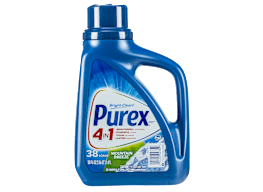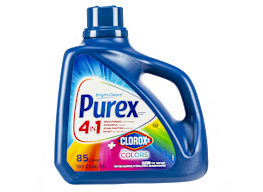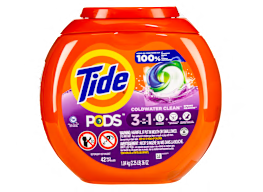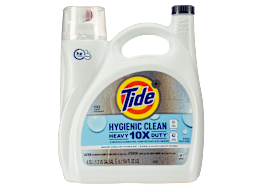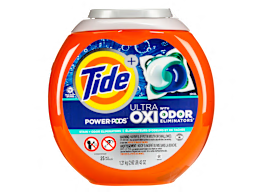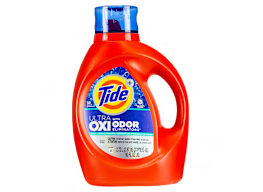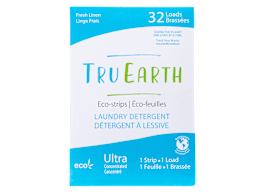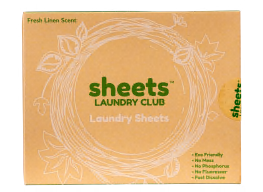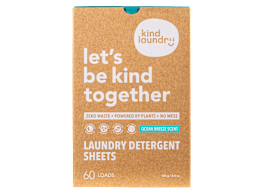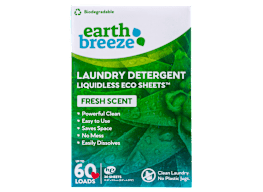How to Wash Your Lululemon and Other Synthetic Workout Clothes
Do you notice lingering funky odors? Here's how to keep your athleisure wear looking and smelling great.
When you shop through retailer links on our site, we may earn affiliate commissions. 100% of the fees we collect are used to support our nonprofit mission. Learn more.

You might look great wearing those comfy workout clothes that you love, but you might not smell so great. That’s because clothing that’s stretchy and that wicks sweat away is typically made of synthetic fabrics that trap odors.
Synthetic fibers aren’t porous and therefore don’t actually soak in sweat, which is a mixture of water and other chemicals from your body that can cause odors to develop. That’s part of the appeal of synthetic clothing—it keeps you dry as you work out by wicking moisture away.
But there’s a downside. “The moisture evaporates, leaving behind the odor-causing chemicals on the surface,” says Rico de Paz, the Consumer Reports chemist who tests laundry detergents. “The synthetic fibers act like a strong magnet for these odor-causing chemicals, making them difficult to wash out, and they build up over time.”
Of the chemicals in sweat, sebum—or body oil—can be especially difficult to remove because it’s sticky and tends to attract other soils that increase odors.
A Detergent That Cleans Up in CR's Tests
Which detergents treat your athleisure wear right? Here’s one great liquid detergent that aces our tests for removing body oil. To see more options—and to compare how well the dozens of detergents get rid of all sorts of stains in CR’s tests—see our laundry detergent ratings.
What to Do
Wash them right away. If you can, wash sweaty synthetics straight after your workout to help prevent odors from setting in, says Brian Sansoni at the American Cleaning Institute, a trade group.
Separate stinky athletic gear from your athleisure wear. For example, keep your kid’s soccer uniform separate from your athleisure wear in both the hamper and wash to prevent odors from easily transferring and causing odor buildup, Sansoni says.
Pretreat stains. Synthetics are more prone to trapping oils and grease, making stains tougher to tackle than in cottons or some other materials. So pretreat stains as soon as possible.
Follow the garment’s care label. Remember that these synthetics are often delicate. So first check the care label to see whether your clothes are machine-washable. And always sort your workout clothes by color, separating whites, brights, and darks. “If the care label says ‘wash with like colors,’ this is an indication that the garment isn’t ‘dye fast’ and that the dye will bleed into the water and can settle on other clothes,” says Jennifer Ahoni, a communications director for Proctor & Gamble.
Turn your clothes inside out. This allows the water and detergent to focus on the soils that have accumulated on the inside of your clothes, Ahoni says. While you’re at it, close zippers and buttons on hoodies and jackets. That way, they won’t get caught on other fabrics and damage them.
Choose cold water and the gentle cycle. Cold water helps to prevent fading and preserve the fit of synthetics. A gentle washing cycle is ideal for these fabrics.
Use the right detergent—and the right amount. Choose one that aced CR’s tests for removing body oil. You’ll find them in our laundry detergent ratings. “Be sure to read the detergent label and measure out the recommended amount,” de Paz says. “Excess detergent can cause residue that remains in your clothes, which can then trap odors.” And if your washer has an extra rinse cycle, use it.
Rewash if needed. If your clothes still smell or have stains after washing, run them in the washer again. If they’re not clean when you pop them in the dryer, the heat may set the odor or stains.
Dry as directed. Directions vary, but air-drying synthetics and laying them flat while they dry is usually the best way to protect the clothing’s shape and fit. Tight on time? Double-check the care label. Lululemon, for example, says you can tumble dry its athleisure wear on low heat.
What Not to Do
Don’t leave damp clothes in your gym bag or hamper. If you can’t wash your athleisure wear right after you exercise, put it in a place where it can dry as quickly as possible to keep it from smelling even worse, Sansoni says. As with any fabric, keeping these synthetics bunched up and damp promotes bacterial growth, which can cause odors.
Don’t use hot water or chlorine bleach. Bleach can be tough on synthetics, and hot water can stretch synthetic clothes or damage the fibers that make them stretchy.
Don’t wash them with jeans. Heavy fabrics can be abrasive to these more delicate items, Ahoni says.
Don’t use fabric softener. Softening agents can clog the fabric’s pores, inhibiting its wicking capabilities.
How to Keep Workout Clothes Smelling Fresh
Have you ever noticed a funky smell in your workout clothes, even after you wash them? Consumer Reports’ chief scientific officer, James Dickerson, PhD, explains how biomaterials can cling to your clothes and what you can do to keep synthetic fabrics smelling fresh and clean.

















